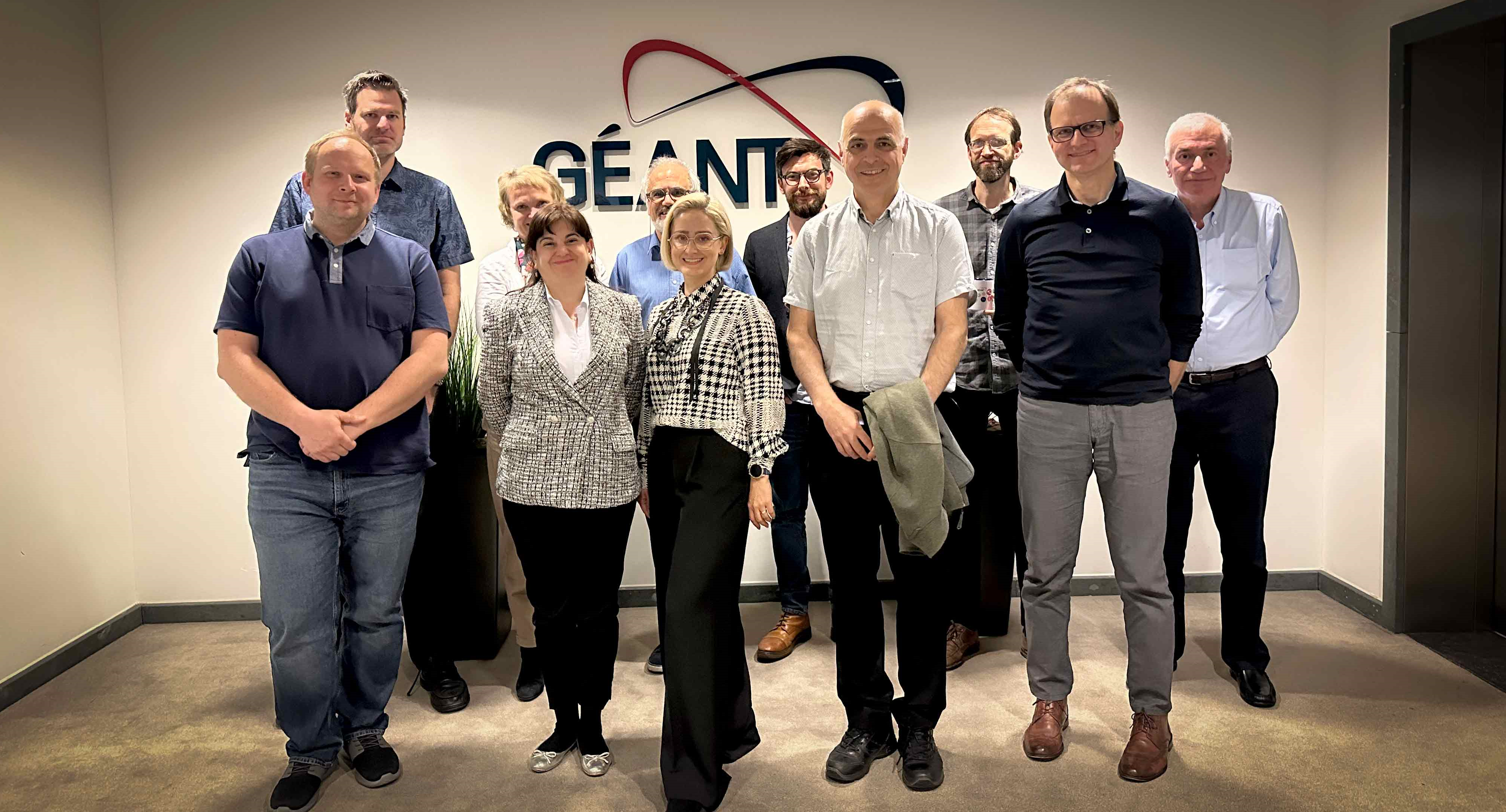A consortium of European and worldwide partners, including RedCLARA, supported by the Horizon Europe programme of the European Union, launched in early May the "SUBMarine cablEs for ReSearch and Exploration" (SUBMERSE) Project, which will make available to the scientific community, civil society, and industry, data from continuous observations on multiple submarine fiber optic cables, using a standardized technological configuration, on a continental scale.
The three-year project will contribute to research and innovation in several scientific and social areas such as geo-hazards, early warning and prediction of earthquakes, volcanoes, and tsunamis, as well as marine life detection and protection.
In recent years, scientific experience has shown that optical fiber cables deployed on the seabed are a robust and stable technology that can be used as a sensor for monitoring the Earth and its systems, as an alternative to other types of sensors (sonars, seismometers, etc.) that are often costly, time-consuming, and have a shorter lifetime. Technologies such as state of polarization (SOP) and distributed acoustic sensing systems (digital acoustic sensing, DAS) detect electromagnetic waves, vibrations, and other changes in parameters around a fiber optic cable, and through advanced data processing, quality information is obtained at a lower cost and higher speed.
Data infrastructures, together with National Research and Education Networks (NRENs), and partners from universities, research institutes, and industry in Europe have pioneered techniques to use sub-marine optical fibers for this purpose. However, so far, experiments have been conducted in specific geographic locations, with the length of experiments, the types of technologies used, and the technological readiness levels varying significantly turning comparability difficult. Besides, the data results are not usually publicly available.
SUBMERSE seeks to overcome these gaps by fostering ubiquitous and continuous access to reliable, high-quality sub-marine optical fiber scientific data at a continental scale, integrating advanced monitoring technologies and techniques in ways not achieved before, and promoting the creation of novel applications and research into Earth sciences.
The project aims to create a Research Infrastructure that, for the first time, allows researchers to perform a range of observations in multiple geographic locations providing FAIR (Findable, Accessible, Interoperable, and Reusable) compliant datasets at a near real-time stream using machine learning.
The project will build a proof-of-concept research instrument deployed in the North and South Atlantic and the Mediterranean. This new world-class research instrument will integrate existing NREN and EPOS (European Plate Observation System) infrastructures and the Copernicus Marine service from three European nations, as well as Pan-European and Pan-American institutions, to disseminate FAIR-complaint SOP and DAS data, gathered from the same, already installed, live, telecommunications submarine optical fibers.
This instrument would serve as a blueprint for continuous monitoring of many more cables in the future, leading to the opening of new market opportunities and the demonstration of methods to maximize investments in research infrastructures. This instrument would also impact the integration of regional and national research infrastructures and provide innovative scientific methods and tools, thereby enabling new state-of-the-art services and long-term data sets of unique scientific value.
“This research infrastructure service can exponentially change the capabilities of the global scientific community and can develop pathways impacts on social, economic, and environmental areas,” says Mark Urban, RedCLARA's director of International Cooperation, Academic Relations, and Communications, who attended to the project launch in Amsterdam on May 2.
Regarding the scientific domain, SUBMERSE will support innovation on basic and applied research through the development of high-tech standardized research instruments; in the societal domain, it will enhance knowledge between academia, industry, and the general public, and awareness raising on socio-environmental issues. Likewise, regarding economic and industrial domains, the research infrastructure will enhance the competitiveness of the industry and drive science-based economic growth, while on the environmental dimension, it will increase understanding of marine ecosystems leading toward resilient and sustainable environments.
The SUBMERSE project will be coordinated by Efis Centre (European Future Innovation Systems Centre) and implemented with the support of a consortium of 24 partners, which together represent great strength and experience in the implementation and operation of large networks. The consortium brings together technical organizations, research infrastructures, and industries, with interdisciplinary know-how and competencies, which will also provide access to the infrastructures necessary for the implementation of the proposal.
RedCLARA, a Consortium member and project partner, along with other research and technology networks and infrastructures, will provide expertise in data lifecycle management, security and ethics, optical networking, state of polarisation acquisition, time series distribution, software design, and development, authentication and authorization infrastructure, data storage, data processing, marketing and communication, stakeholder engagement, education, and training and capacity building
More specifically, RedCLARA will provide access to DWDM equipment and wavelengths at the Brazilian end of the EllaLink cable system, the only submarine fiber optic cable linking Europe and Latin America and the Caribbean. This cable was deployed as part of the BELLA project, implemented by RedCLARA and GEANT. “Once again, BELLA demonstrates its potential for science and development in the world, providing connectivity capabilities to the SUBMERSE project,” said Urban.





